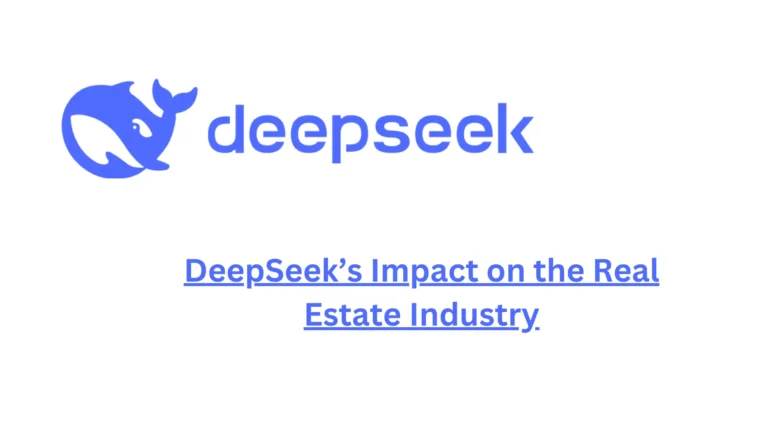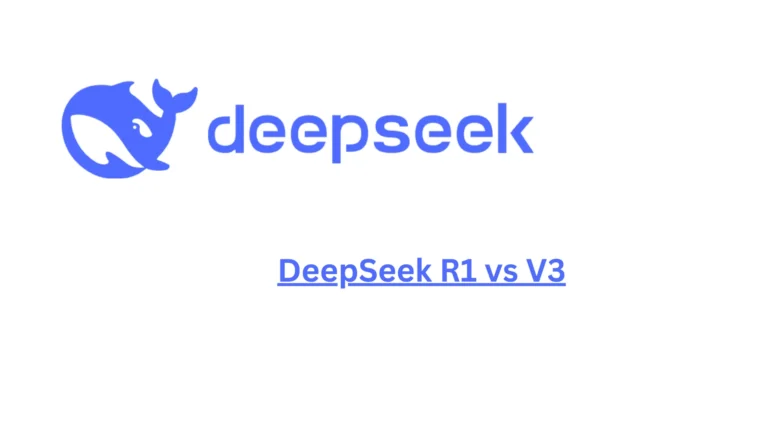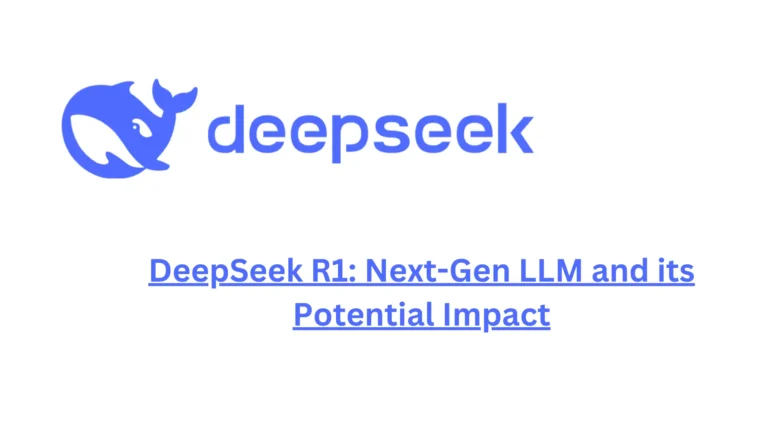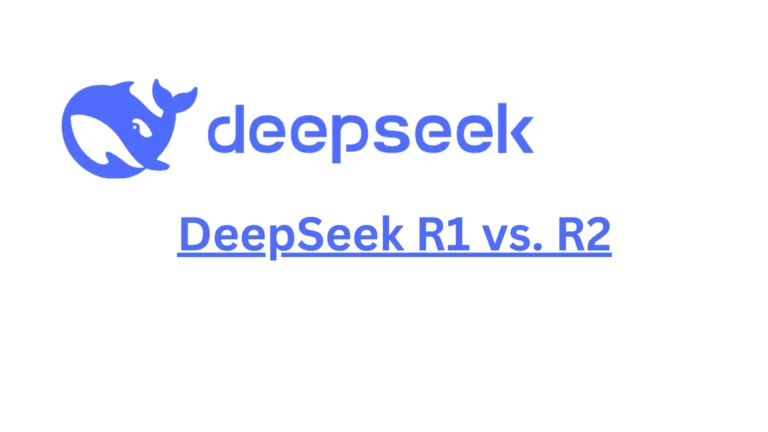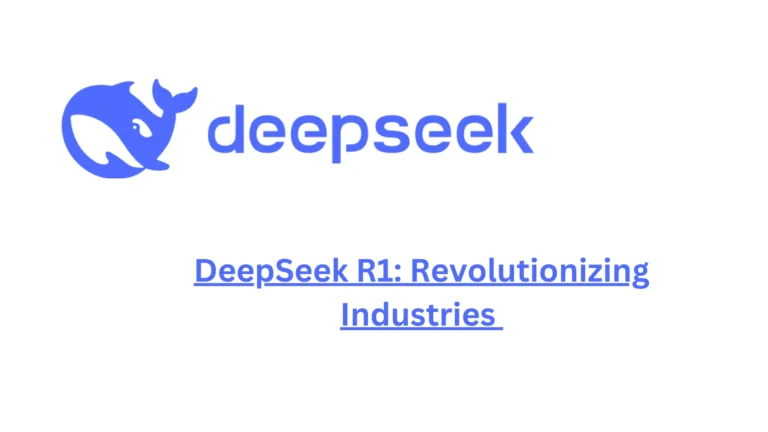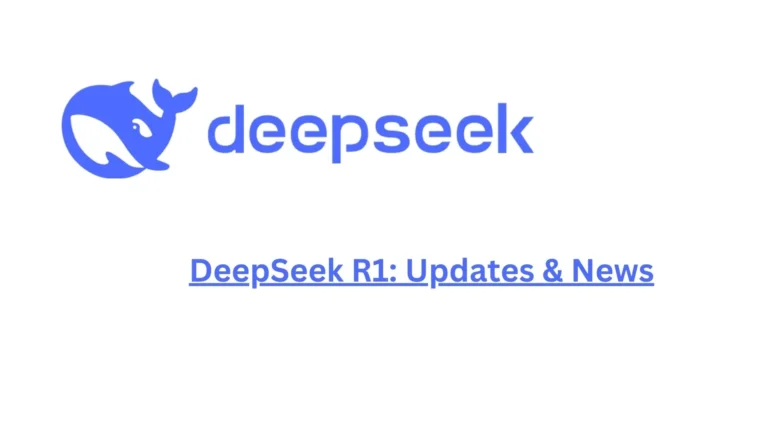The landscape of Large Language Models (LLMs) is in constant flux, with new iterations and improvements emerging at a rapid pace. DeepSeek.ai, a rising force in the AI arena, has recently unveiled their latest offering: DeepSeek V3.
This blog post dives deep into what we know so far about DeepSeek V3, exploring its potential capabilities, underlying architecture (where information is available), and the implications for various AI applications.
A Brief Look at DeepSeek’s Evolution:
DeepSeek has quickly made a name for itself by focusing on efficiency and performance in its LLM development. From their initial R1 model to the refined R2, DeepSeek has consistently pushed boundaries. Now, with V3, they’re poised to make an even bigger impact. While specific details are often kept under wraps for competitive reasons, we can glean insights from available information and general trends in LLM development.
DeepSeek V3: What We Know So Far:
Information on DeepSeek V3 is currently emerging. While comprehensive details may not be publicly available yet, we can piece together a picture based on announcements, potential leaks, and the trajectory of LLM research.
- Expected Architectural Enhancements: V3 likely builds upon the transformer architecture, the foundation of most modern LLMs. Potential improvements could include:
- More Efficient Attention Mechanisms: Researchers are constantly exploring ways to optimize the attention mechanism, a crucial component of transformers. V3 might incorporate more efficient attention variants, leading to faster processing and reduced memory footprint.
- Increased Model Size and Capacity: While not always the case, larger models often exhibit improved performance. V3 could potentially boast a larger number of parameters, enabling it to capture more complex patterns in language.
- Novel Layer Configurations: Experimentation with different layer arrangements and connections within the transformer architecture is an active area of research. V3 might incorporate innovative layer designs for enhanced learning.
- Data-Driven Advancements: The quality and quantity of training data are paramount for LLM performance. V3 likely benefits from:
- A Larger and More Diverse Dataset: Training on a massive and diverse dataset is crucial for building robust and generalizable LLMs. V3 probably leverages an expanded training corpus, exposing it to a wider range of linguistic patterns and knowledge.
- Curated and Filtered Data: Beyond sheer size, the quality of the training data matters significantly. V3’s training process might involve sophisticated data curation and filtering techniques to remove noise and ensure high-quality input.
- Training Methodology Improvements: Advancements in training techniques are continually pushing the boundaries of LLM capabilities. V3 could incorporate:
- Optimized Training Algorithms: Researchers are constantly developing more efficient and effective training algorithms. V3 might leverage these advancements for faster and more effective training.
- Regularization Techniques: Regularization methods help prevent overfitting, a common problem in large models. V3 likely employs advanced regularization strategies to improve generalization performance.
- Reinforcement Learning from Human Feedback (RLHF): RLHF has become a crucial technique for aligning LLMs with human preferences and instructions. V3 might incorporate refined RLHF strategies for better control and more human-like responses.
- Specialized Fine-tuning and Adaptability: LLMs are often fine-tuned for specific tasks. V3 likely offers:
- Improved Fine-tuning Capabilities: Enhanced fine-tuning capabilities would allow V3 to be more readily adapted to specific applications, such as code generation, translation, or question answering.
- Modular Design: Some LLMs are designed with modularity in mind, allowing for easier customization and extension. V3 might incorporate modular design principles for greater flexibility.
Potential Applications of DeepSeek V3:
The advancements expected in DeepSeek V3 open up a wide range of potential applications:
- Enhanced Conversational AI: V3’s improved natural language understanding and generation capabilities make it ideal for building more engaging and human-like chatbots and conversational agents.
- Advanced Content Creation: V3 can assist with generating various types of content, including articles, creative writing, code, and marketing materials, with improved quality and coherence.
- More Accurate Code Generation: LLMs are increasingly being used for code generation. V3’s advancements could lead to more reliable and efficient code creation, boosting developer productivity.
- Improved Machine Translation: Better language understanding translates directly to higher-quality machine translation. V3 could lead to significant improvements in translation accuracy and fluency.
- Sophisticated Question Answering Systems: V3’s enhanced ability to process and understand information makes it well-suited for building more accurate and comprehensive question answering systems.
- Personalized Education and Tutoring: LLMs can be used to create personalized learning experiences. V3 could enable more effective and adaptive educational tools.
- Streamlined Research and Information Retrieval: V3’s ability to process and synthesize information could revolutionize research and information retrieval, making it easier to find and analyze relevant data.
Challenges and Ethical Considerations:
While DeepSeek V3 holds immense potential, it’s important to acknowledge the challenges and ethical considerations associated with LLMs:
- Bias and Fairness: LLMs can inherit biases from their training data, leading to unfair or discriminatory outputs. Mitigating bias in LLMs is a crucial area of research.
- Hallucinations and Factuality: LLMs can sometimes generate factually incorrect or nonsensical information. Improving the factuality and reliability of LLM outputs is an ongoing challenge.
- Computational Resources and Accessibility: Training and deploying large language models requires significant computational resources, potentially limiting access to smaller organizations and researchers.
- Misinformation and Malicious Use: LLMs can be misused to generate misleading information or for other malicious purposes. Safeguards and ethical guidelines are needed to prevent misuse.
- Job Displacement and Economic Impact: The increasing capabilities of LLMs raise concerns about potential job displacement in certain sectors. Addressing the economic and social impact of LLMs is an important consideration.
The Future of DeepSeek and the LLM Landscape:
DeepSeek’s development of V3 signifies their commitment to pushing the boundaries of LLM technology. As research in this field continues, we can expect even more powerful and capable models in the future.
These advancements will likely address some of the current limitations and unlock new possibilities for AI applications. The future of LLMs is bright, and DeepSeek is playing a key role in shaping that future.
Conclusion:
DeepSeek V3 represents a potentially significant advancement in the field of large language models. While detailed specifications are still emerging, the expected improvements in architecture, training data, and training methodologies point towards substantial gains in performance and capabilities. As LLMs continue to evolve, they will play an increasingly important role in various aspects of our lives.
Staying informed about these advancements is crucial for understanding the future of AI and its impact on society.
Further Research and Resources:
- DeepSeek.ai Website (Check for official announcements and publications): [Unfortunately, I cannot directly link to external websites. Please search for “DeepSeek AI” on your preferred search engine.]
- Paperswithcode (For benchmark comparisons, if available): [Search for “DeepSeek” on Paperswithcode.]
- Hugging Face (For model availability and community discussions): [Search for “DeepSeek” on Hugging Face.]
- AI Research Publications (Stay up-to-date with the latest research in LLMs): [Search for relevant publications on platforms like arXiv or Google Scholar.]

